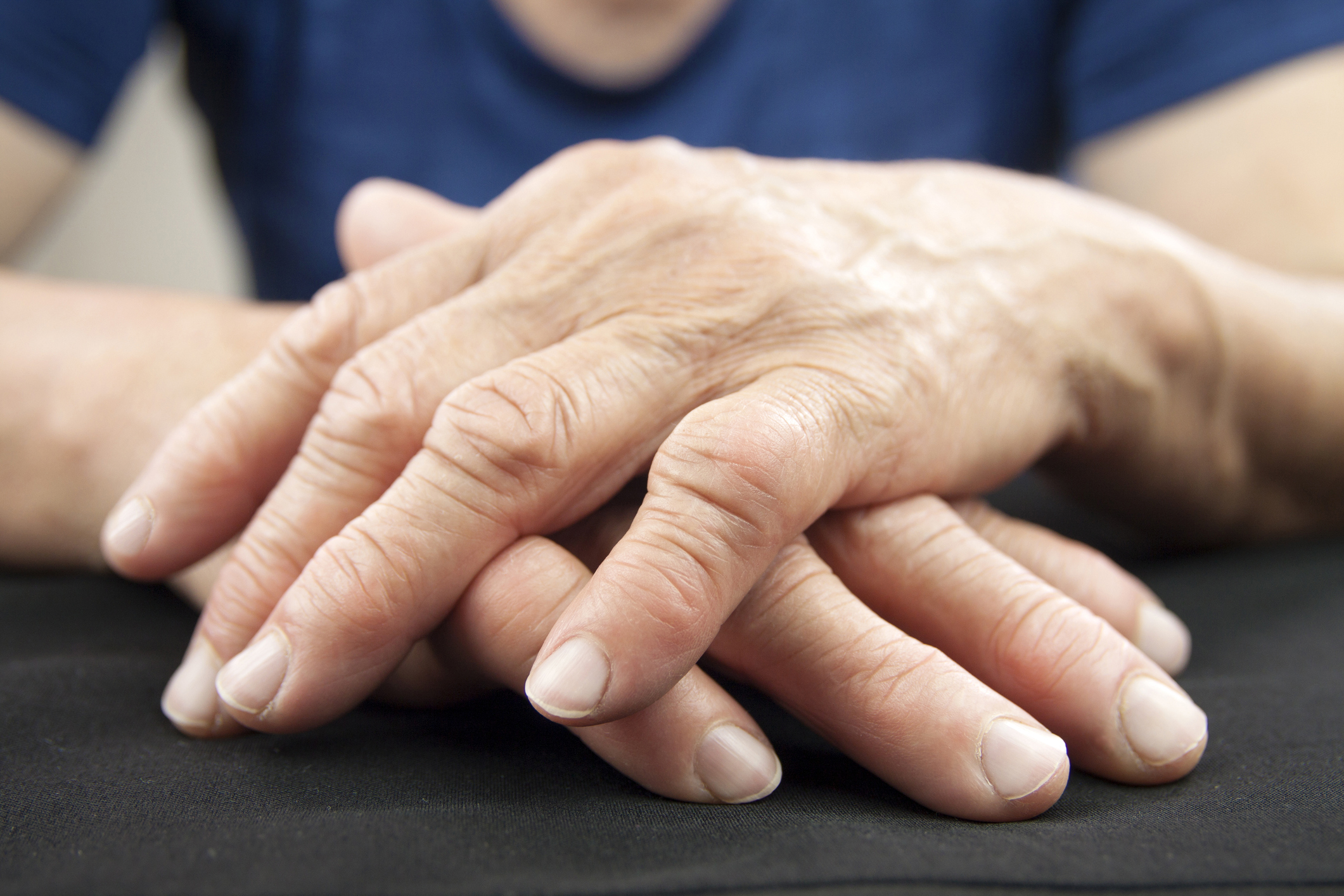How does one recognize joint inflammation? What about rheumatic pain? We spoke with Professor Carlo Selmi, Head of Rheumatology and Clinical Immunology of Humanitas and professor at the University of Milan, and guest at the Cuore and Denari – Radio 24.
“One of the first things to watch is the duration of the pain. If it lasts for several weeks without any change, it may be of an inflammatory nature. Another important element is the presence of stiffness in the morning when you wake up, some stiffness is normal, but if it continues, it is a warning sign. It is known that patients with arthritis may experience stiffness that lasts for several hours once they get up in the morning. Even the swelling is dangerous, and painful swelling strongly suggests arthritis”, says Prof. Selmi.
Arthritis, also common in young people
“Compared to what was thought in the past, it should be noted that rheumatic diseases also affect young people, especially arthritis. In these patients, the signs are swelling, a characteristic and localized pain (especially in the hands), and back pain with inflammatory characteristics. These are particularly intense upon waking up and with an early onset before the age of 40.
There is also a less known type of arthritis, called psoriatic arthritis. It is very different to rheumatoid arthritis. Psoriasis affects the skin, it affects 3% of the population in Italy and 20% of these patients develop arthritis. A first or second-degree family member with psoriasis increases your risk of having arthritis”, says Prof. Selmi.
Dry skin and redness
“Another sign to be considered is the feeling of dry eyes, mouth and sometimes the genital tract, although this is quite common with aging, it can be a sign of rheumatic diseases such as Sjögren syndrome.
Even a flushed face and nose may be related to rheumatic diseases, mainly systemic lupus erythematosus, a very rare disease that usually involves the skin, causing something like a butterfly rash on the face, often triggered by sun exposure”.
Painkillers and anti-inflammatory drugs
“Painkillers are the preferred choice against arthritis and joint pains. The best one is acetaminophen, a drug that below 3000 mg per day is substantially safe in anyone and has no side effects. However, they should be taken with caution and for short periods of time. Non-steroidal anti-inflammatories have a subtle safety profile, they should be taken in the right dose and in short cycles (one week, 10 days, maybe two weeks). Corticosteroids are a great option to use against arthritis pain because they have a high anti-inflammatory efficacy”, says Professor Selmi.
-
3,400 Physicians
-
110,400 Annual surgeries
-
190,400 Annual Inpatient Admissions
-
928,000 Patients


